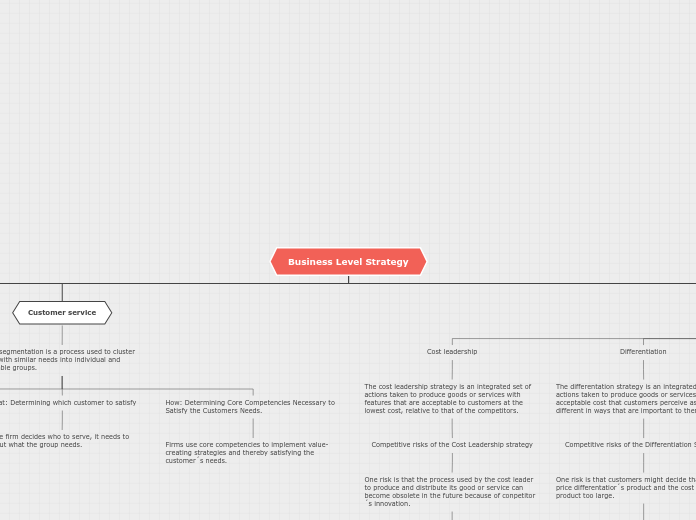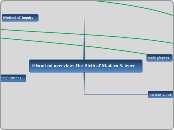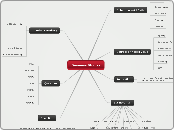von Mncedisi Siyo Vor 11 Jahren
279
valuation date value (1 October 2001)
When a taxpayer lacks records of an asset's original cost, they can use valuation date value (VDV) methods to determine its base cost. For assets acquired before October 1, 2001, the base cost combines VDV and qualifying expenditures incurred after that date.









